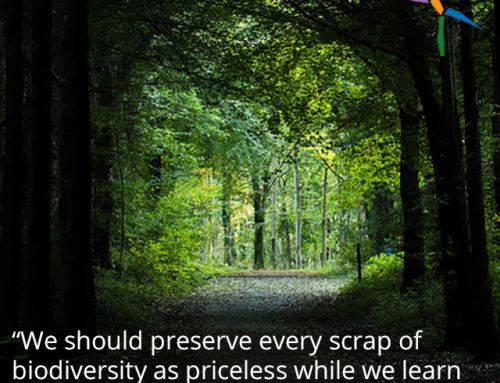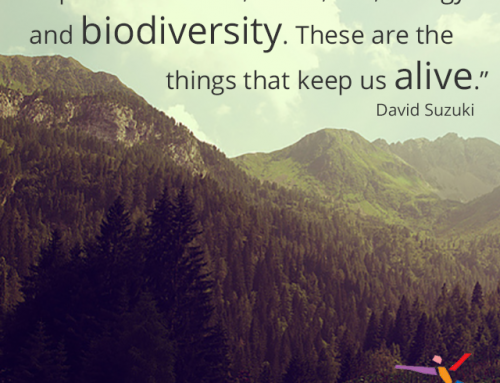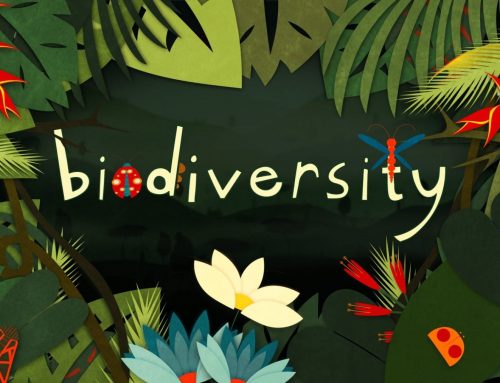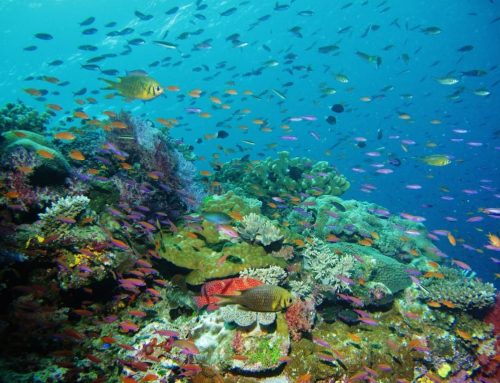You can take a quick scan and see that all of our content this month, which is Earth Day month after all, is focused on environmentalism. It may at first seem mildly out of place given our stated mission of inspiring the mainstream against industrial and addictive consumerism. But we’d argue that society’s addictive consumerism and the state of the environment, climate change, pollution and global warming are intricately linked. Today, we’ll be explaining how that link exists and why we spend so much time ensuring a certain amount of coverage for eco and environmental issues on this site.
Let’s Start With This: The Climate Change Crisis Began with the Industrial Revolution
For anybody who studies climate change (and, on a broader scope, smartly concedes that climate change is happening), the turning point for the shifts in human emissions and changes to the atmosphere is clear. The Industrial Revolution is considered the “go point” of climate change. In fact, here is a graph that shows just how intense the change was. There are many things that you can debate, but the amazing jump-off of the changes in emissions and the planet’s heat index post-Industrial Revolution is not one of them.
And the Industrial Revolution Was About …
It was about producing more “stuff.” Yes, romantically the Industrial Revolution was about the triumph of man over technology and the ability to move society forward. But at the end of the day what it was designed to do was produce more stuff, faster and more cheaply, so that more stuff could be purchased. That was unarguably the impetus.
The Drive to Produce More Stuff Produced More … Everything
Between the machine inventions, the use of steam and then fossil fuel power and the creation of factories, the Industrial Revolution did in fact produce more “stuff.” But it also produced more people and more money. Population and income growth after the Industrial Revolution hit unprecedented levels of growth. As importantly, if not more importantly, the standard of living for the general population also hit unprecedented levels of increase, although very unequally. And, in turn, the advent of consumerism began.
The Machine Must Be Fed
More stuff leads to more people leads to more income leads to more stuff that needs to be made and bought to keep the people employed and fed as they are paid to make more stuff. You see the cycle and how it formed. As more people made more money, more stuff needed to be produced to sell to those people as well as to oil the machine that was paying and feeding those people. And so mass consumerism was born.
Pollution Was Born, Too.
Not surprisingly, pollution was born at this point too. This happened in multiple ways. Firstly, there was simply the emission pollution of the factory system and its heavy reliance on fossil fuel burning. That was as true in the 1800s as it is today, it’s simply a matter of scaling the difference. But the facilitation of the growth of the human population also led to increased pollution. More people equates to more waste and more carbon footprints, which leads to more pollution and global warming.
But Pollution or Not, The Machine Needs To Be Fed and the Train Has Left the Station
Of course, from there it was one giant snowball effect. A greater population that was built on the foundation of “stuff” and production driving population growth and an economic system that was about “more” rather than about sustainability was obviously going to lead to stressors on the planet. There are only so many people who can leverage the planet’s resources. There is only so much “stuff” that can be produced without impacting the planet dramatically. But to remove either of those factors from the equation would hopelessly cripple the other factor. People do not generally want to depopulate on their own. The money behind manufacturing does not want to give up wealth on its own. It’s a giant stalemate against the planet. And the cycle of mass consumerism and the addictive consumerism that results is the core of the environmental problem.
Is the Solution Postconsumerism? Yes, and Mindfulness.
Of course, we’d certainly say that postconsumerism is part of the solution needed to right the planet before it’s too late. However, it’s only part of it. It’s an important part, because the only way to truly move forward in a sustainable way is to let go of the desire for “more, more, more stuff.” We can’t consume our way to sustainability, period. But mindfulness is necessary, too. Making eco-friendly and green choices in our daily living is as important as moving away from the addictive mindset that got us to such a non-environmentally friendly place. That’s why we devote so much space on this site to green and eco topics.
So, you see, climate change and environmental crisis may still have eventually arisen without the mass consumerism that grew from the Industrial Revolution, but it certainly wouldn’t have accelerated at this rate. To save the habitable planet, we need to fall in love with our own ideas of how much is enough for today. It’s not the entire solution (the clean energy transition is also vital), but it’s a critical part, and starting your postconsumer journey will help you get there happily, healthily and with a satisfied smile on your face.
Did we miss an angle on the relationship between consumerism and climate change? Tell us about it on the social media channels below.
Facebook | Twitter | Instagram | Tumblr | Pinterest | Google+ | Medium
Photo Credit: Elvin via Flickr





